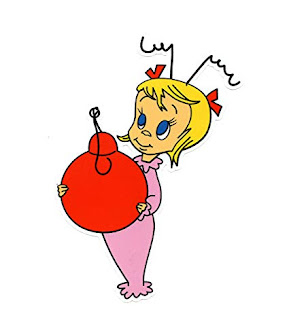Worst Diet of the Year?

It’s official: the ketogenic diet has been ranked the #1 Worst Diet of 2018. Whuuut? This ranking, combined with the boom in its popularity — “keto” is one of the most-googled terms of the year — has led to lots of fun and sensational headlines about this “dangerous” “fad” diet. As I have mentioned , I’m part of a one-year study on the MAD (Modified Atkins Diet), which falls under the broad umbrella of ketogenic diets, so I read the US News report with interest. I have to say, the article itself is pretty fair. The sections describing ketogenic diets — Overview, Health and Nutrition, Recipes, and Do’s and Don’ts — all jibe pretty well with my own experience. Interestingly, they are all largely positive, touting the diet’s success in clinical trials for both weight loss and diabetes control, and citing several studies along the way. So why the low ranking? The ranking is based in the final section, where experts express give it low marks in several categories


